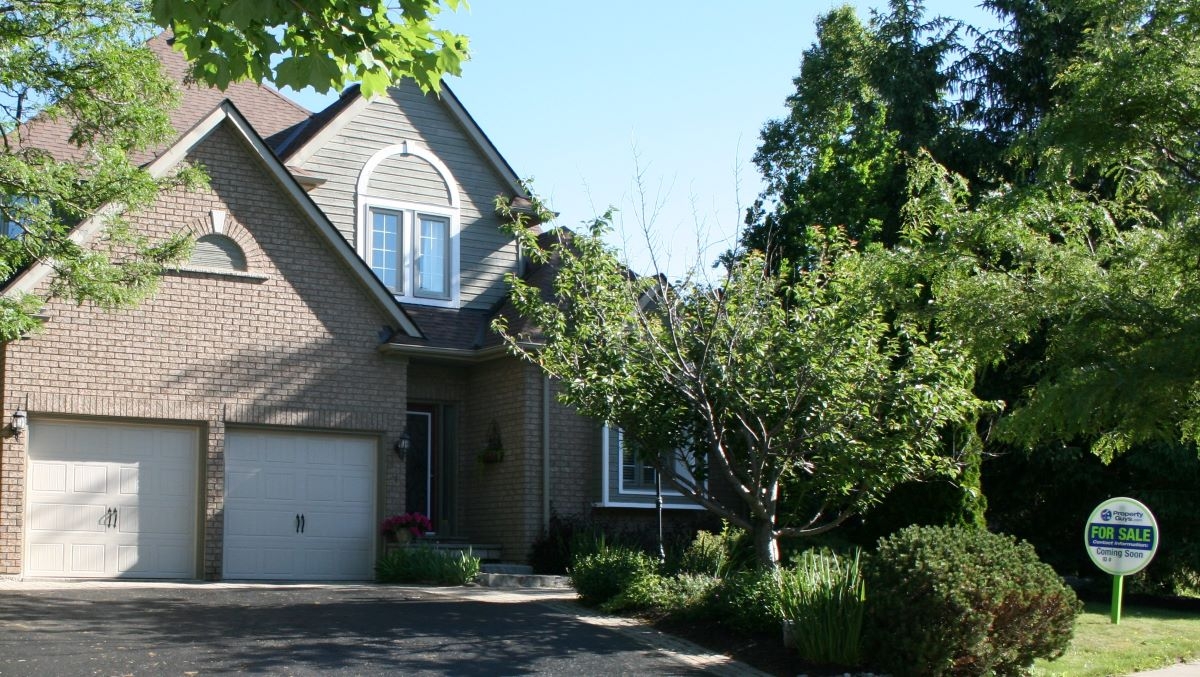
Anti-aging skincare: what is really effective and what is not
Most will agree that fine lines, wrinkles, and the eventual development of sagging skin are all part and parcel of getting older. To that end, many middle-aged men and women in America are turning to anti-aging products in hopes of turning back the proverbial hands of time. And this is evidenced in a study published by Statista, a website providing up-to-date data relative to the global digital economy, industrial sectors, consumer markets, macroeconomic trends, and much more. According to the study data, the global anti-aging market had a valuation of nearly $60 billion in 2020.
While this information is more than a year old, the growth of the anti-aging market shows no signs of slowing down any time soon. Another study published by Globe Newswire notes that the anti-aging active ingredient market is on course to see a compound annual growth rate (CAGR) of 7.2 percent between 2021 and 2026. The study cited, among other things, a growing aging population and new companies entering the skincare market as the main drivers.
What Does Aging Mean When It Comes to Our Skin?
"With age comes wisdom" is a quote from the renowned Irish poet and playwright Oscar Wilde. But wisdom is not the only thing that comes with aging. More often than not, changes in skin appearance are part of the equation. Of course, to understand the correlation between aging and changes in skin appearance, it helps to know more about what happens to the skin as we move from childhood to adulthood and finally into our golden years. In short, the skin, which, by the way, is the largest organ in the body, needs a certain amount of collagen and elastin to maintain its youthful and radiant appearance. And these two things are most plentiful during childhood, adolescence, and early adulthood. However, the opposite is true during middle-age and beyond.
In short, collagen is a collection of proteins that the body produces naturally and that serve as the building blocks for healthy bones, hair, muscles, tendons, ligaments, and, yes, skin. According to Dr. Ohara Aivaz, a dermatologist with Cedars-Sinai Medical Center in Los Angeles, CA, collagen production in the body gradually starts to decline when most are in their mid-20s. As far as elastin is concerned, it is a protein that is similar to collagen in many ways. Elastin contains numerous hydrophobic amino acids that allow skin fibers to recoil after stretching, and this explains why most people seldom retain smile or frown lines when they are young. Much like collagen, the body produces less elastin when most people are in their 20s. It is also worth noting that the decline in collagen and elastin also causes sweat and oil glands in the skin to function less than optimally, which further takes a toll on its appearance.
Skin Beauty and Anti-Aging Remedies In Ancient Times
The desire that so many modern-day men and women have for younger-looking, radiant skin is nothing new. And if we look back in history, we can find many examples to help substantiate this claim. One such example is Cleopatra VII, the queen of Egypt during the 1st century, who reportedly bathed in sour milk to exfoliate and keep her skin looking more youthful. In ancient China, many people used fleece-flower root, ginseng, Acanthopanax root bark, and similar herbs to improve the appearance of their skin. Many ancient cultures also did a lot of what people still do today to heal the proverbial scars of aging, such as drinking plenty of water and exercising regularly.
Modern Ways to Make Skin Look Younger
Having detailed some of the skin beauty and anti-aging remedies in ancient times, let us now turn our attention to what people are doing today to keep their skin looking its best:
Hormone replacement therapy (HRT) – Along with aging and environmental factors, some hormonal imbalances can cause the fine lines and wrinkles synonymous with premature aging. For example, low estrogen levels, which is not uncommon among menopausal women, can reduce collagen and elastin in the skin, according to a study published by the National Institutes of Health.
The combination of low collagen and elastin makes the skin dry and leads to wrinkles. Low human growth hormone (HGH) and testosterone levels can have a similar effect on the skin in that either of these hormonal imbalances can cause dryness and wrinkles. Studies show that HRT, which, among other things, includes the use of prescription-based hormone replacement drugs, can help minimize the signs of premature aging by normalizing low hormone levels in the body. When it comes to below-average growth hormone (GH) levels, specifically, there are also a few all-natural remedies that some individuals turn to in hopes of minimizing the signs of premature aging and normalize their hormone levels, one of which is Growth Factor-9.
Growth Factor-9 and What You Should Know About It
While there is some debate concerning its overall effectiveness, Growth Factor-9, an over-the-counter dietary supplement with a blend of amino acids, is believed to boost low GH levels by stimulating growth hormone production in the pituitary gland. For reference, the pituitary gland is one of the eight hormone-secreting glands in the endocrine system and is responsible for secreting and sending growth hormones into the bloodstream. If you have doubts and you want to know does Growth Factor-9 really work dive in to read.
Collagen supplements – Considering that low collagen can cause the skin to wrinkle, it is not too surprising to find that many people are also turning to collagen supplements to improve the appearance of their skin. And, believe it or not, there is evidence showing that this all-natural approach works for many people. According to dermatologist Dr. Ohara Aivaz, collagen creams that contain the active ingredients retinol and tretinoin can, indeed, stimulate collagen production in the skin. Further, many of these same over-the-counter products are also rich in vitamin C, which can go a long way toward reducing skin inflammation responsible for damaged skin, says Dr. Aivaz.
Beauty injections – Another approach to combating fine lines, wrinkles, and other signs of premature aging is Botox injections. Alongside providing relief from headaches and even migraines, Botox injections, which contain a neurotoxic protein, can temporarily relax the facial muscles that cause wrinkles on the forehead and around the eyes that tend to become more pronounced when we age.
Facial massage – For those who enjoy getting a facial massage to combat stress or merely just as a way to relax, you will be happy to know that they can help rid the face of fine lines and wrinkles as well. Studies show that such massages stimulate the flow of oxygen in the skin, which helps boost collagen production and minimizes the appearance of wrinkles, puffiness, and much more.
Coenzyme Q10 – For those not aware, coenzyme Q10 is an antioxidant that the body produces naturally. Along with supporting cardiovascular health and regulating blood sugar levels in the body, coenzyme Q10 also promotes healthy skin. Unfortunately, as we age, the body produces less of this valuable antioxidant. As a result, we become more susceptible to the effects of aging. For this reason, many people have turned to dietary supplements that contain this powerful antioxidant to achieve healthy, radiant-looking skin.
Cryotherapy – While it might sound peculiar, many people are also turning to cryotherapy for brighter, healthier, and more radiant-looking skin. In short, this treatment involves using a cryocooler or similar device to freeze the skin, which, in turn, temporarily reduces the appearance of fine lines and wrinkles.
Bottom Line
In summary, less than perfect skin is part and parcel of getting older. Fortunately, there are multiple ways to go about keeping our skin looking its best for as long as practically possible.










